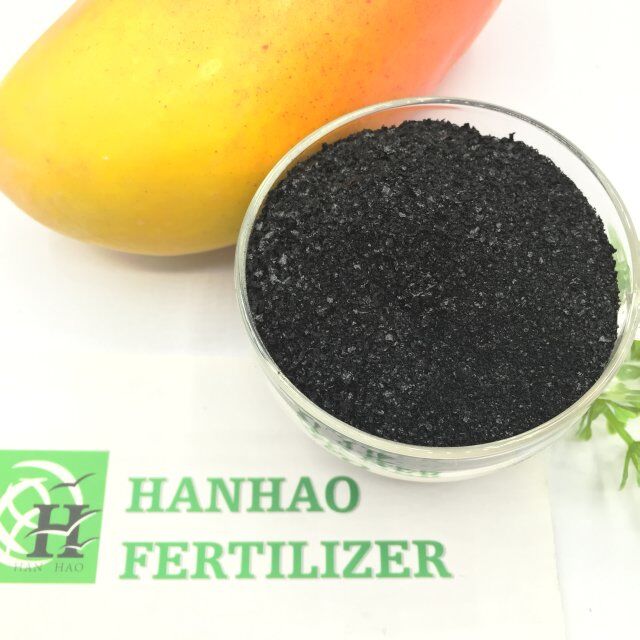
Dec . 04, 2024 15:56 Back to list
Urea 4600 Fertilizer Suppliers for Enhanced Agricultural Productivity and Crop Growth
Understanding Urea 4600 Fertilizer A Guide for Farmers and Suppliers
Urea fertilizer is an essential agricultural input that boosts crop yields and enhances soil fertility. Among the various formulations available, Urea 4600 stands out due to its high nitrogen content, making it a popular choice among farmers looking for an efficient way to fertilize their crops. This article explores the benefits of Urea 4600, its applications, and considerations for suppliers and farmers alike.
What is Urea 4600?
Urea 4600, also known as Urea 46-0-0, contains 46% nitrogen, making it one of the most concentrated forms of nitrogen fertilizer available on the market. This formulation is highly effective for promoting vegetation growth, ensuring the healthy development of plants. The high nitrogen content makes Urea 4600 particularly valuable for crops such as corn, wheat, and rice, which have high nitrogen requirements.
Benefits of Urea 4600
1. High Nutrient Efficiency The concentrated nature of Urea 4600 ensures that farmers receive a significant amount of nitrogen per application, reducing the need for frequent fertilization. This not only saves time but also minimizes soil disturbance.
2. Enhanced Crop Yield Studies have shown that applying Urea 4600 can significantly improve crop yields. The timely availability of nitrogen promotes stronger growth and development, thereby leading to increased productivity.
3. Cost-Effectiveness Given its high nitrogen content, Urea 4600 often provides a more cost-effective solution compared to other fertilizers, as farmers can achieve better results with smaller quantities.
4. Versatile Application Urea 4600 can be applied in various ways, including broadcasting, banding, and fertigation. This versatility allows farmers to choose the method that best suits their specific crop needs and farming practices.
Considerations for Use
urea 4600 fertilizer suppliers

While Urea 4600 offers many advantages, it is also important for farmers to understand how to use it effectively
1. Soil Testing Before applying Urea 4600, farmers should conduct soil tests to determine existing nitrogen levels and crop nutrient needs. This ensures that fertilization is tailored to specific crop requirements, preventing over-fertilization.
2. Timing of Applications The timing of nitrogen application can significantly impact its effectiveness. Farmers should aim to apply Urea 4600 during periods when crops are actively growing, typically in the spring for most temperate crops.
3. Environmental Impact Urea, when not applied properly, can lead to nitrogen runoff, contributing to environmental issues such as water pollution. Farmers should employ best management practices to minimize this risk, including using appropriate application rates and methods.
4. Storage and Handling Urea 4600 should be stored in a cool, dry location, as exposure to moisture can cause it to clump. Proper handling is also crucial in preventing spills, which can create safety hazards and environmental concerns.
Suppliers of Urea 4600
The demand for Urea 4600 has encouraged numerous suppliers to enter the market. Farmers should seek reputable suppliers who ensure high-quality products along with excellent customer service. Reliability in delivery and technical support can make a significant difference, especially during the critical planting and fertilization seasons.
Additionally, suppliers can play a vital role in educating farmers about the proper application techniques and timing for Urea 4600. By providing resources and support, suppliers can enhance the efficiency and effectiveness of nitrogen use in agricultural practices.
Conclusion
Urea 4600 is a potent fertilizer that promises higher yields and improved crop quality when used correctly. As the agricultural landscape continues to evolve, understanding the benefits and best practices associated with Urea 4600 is crucial for both farmers and suppliers. By working together to optimize nitrogen use, it is possible to achieve sustainable agricultural practices that benefit both productivity and the environment.
-
Premium Organic Manure Compost for Eco Gardens
NewsAug.01,2025
-
Organic 10-10-10 Fertilizer | Balanced Plant Nutrients
NewsJul.31,2025
-
Premium Amino Acid Fertilizer | Rapid Plant Growth Booster
NewsJul.31,2025
-
10 10 10 Fertilizer Organic—Balanced NPK for All Plants
NewsJul.30,2025
-
Premium 10 10 10 Fertilizer Organic for Balanced Plant Growth
NewsJul.29,2025
-
Premium 10 10 10 Fertilizer Organic for Balanced Plant Growth
NewsJul.29,2025
